
Not too long ago a book was published with the title: What was God doing on the Cross? It appears that two questions are being asked, not one.
First, “What was God doing on the cross?” Why was the God-man impaled on a Roman gibbet? Doesn't it seem shocking that God should be crucified?
Second, “What was God doing on the cross?” Once we've agreed that the God-man was on the cross, we wonder, “what was he doing there?” What was he accomplishing through the crucifixion of Jesus? To what end and for what purpose was Jesus, the God-man, suffering?
The problem is that there are growing numbers of Christians who are having an increasingly difficult time answering that question. The reason for this is threefold:
(1) a diminishing sense of God's holiness;
(2) a diminishing sense of mankind's sinfulness; and
(3) an inordinately increasing sense of self-worth.
Whereas I affirm the need for a proper self-image, I fear that many are fast becoming so impressed with themselves that they can't help but wonder why Jesus had to die for them at all! But when we look at the Scripture, we realize that the God-man, Jesus, was on the cross suffering the eternal penalty we deserved because of the infinity of God's holiness and the depths of our depravity.
Discover 10 Powerful Facts about Jesus on the Cross and the Crucifixion:
Photo Courtesy: Thinkstock
The Pain and Shame of the Crucifixion

Any attempt to understand the sufferings of Christ must reckon with the fact that “two thousand years of pious Christian tradition have largely domesticated the cross, making it hard for us to realize how it was viewed in Jesus' time” (Carson, 573). Both the painful and shameful aspects of crucifixion have become blurred, and no matter what we may think we know about this manner of execution, it simply does not mean the same thing for us as it did to those living in the first century.
The New Testament itself does not provide much information concerning the details of the crucifixion. There is remarkable brevity and restraint on the part of all four gospel authors when it comes to the actual crucifixion of Jesus. All that is said in Matt. 27:35; Mark 15:24; Luke 23:33; and John 19:18, is that "they crucified him." Why is so little recorded for us? There are at least two reasons. In the first place, crucifixion was so frequent and its details such common knowledge that they must certainly have believed it unnecessary to be more precise. People in the first century were all too painfully familiar with crucifixion. More important is the fact that crucifixion was so utterly repugnant, so indescribably shameful that they deemed it improper to go beyond the bare minimum in describing our Lord's experience. More on this later.
Photo Courtesy: iStock/Getty Images Plus/RomoloTavani
Historical Crucifixion

We must remember that the theological significance of the cross cannot be separated from the historical and physical event itself. The kinds of crosses used would vary according to their shape: X, T, t were the most common forms. The height of the cross was also important. Usually, the victim's feet would be no more than one to two feet above the ground. This was so that wild beasts and scavenger dogs common in the city might feed on the corpse.
Martin Hengel (Crucifixion, 9) quotes Pseudo-Manetho as saying, “Punished with limbs outstretched, they see the stake as their fate; they are fastened and nailed to it in the most bitter torment, evil food for birds of prey and grim pickings for dogs.” Jesus may well have been made an exception to this rule (cf. Matt. 27:42,48). If so, it wasn't out of mercy but in order to increase his humiliation by exposing his shame more readily to passersby.
Photo Courtesy: ©GettyImages/mbolina
The Nails
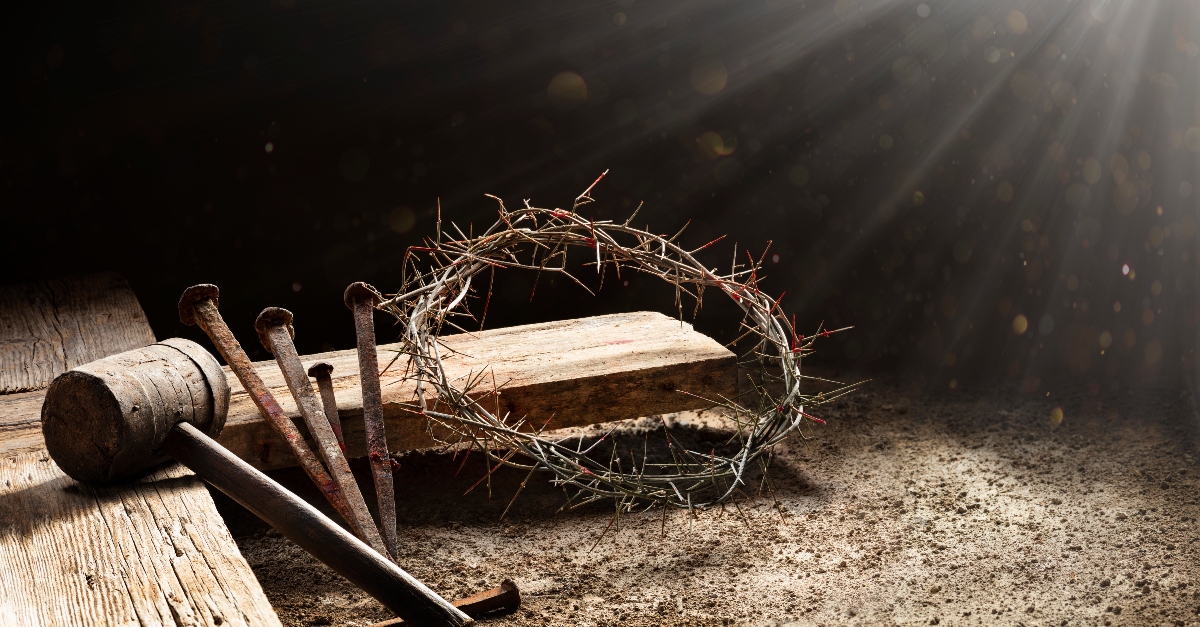
The nails were spikes used to impale the victim to the tree. In 1968 in a cemetery at Gi'vat Ha-Mivtar (near Jerusalem), a bulldozer unearthed the skeletal remains of a man named “John” who had been crucified:
“The feet were joined almost parallel, both transfixed by the same nail at the heels, with the legs adjacent; the knees were doubled, the right one overlapping the left; the trunk was contorted; the upper limbs were stretched out, each stabbed by a nail in the forearm” (cited in Lane, 565).
Photo Courtesy: ©iStock/Getty Images Plus/RomoloTavani
Prolonging the Victim's Agony
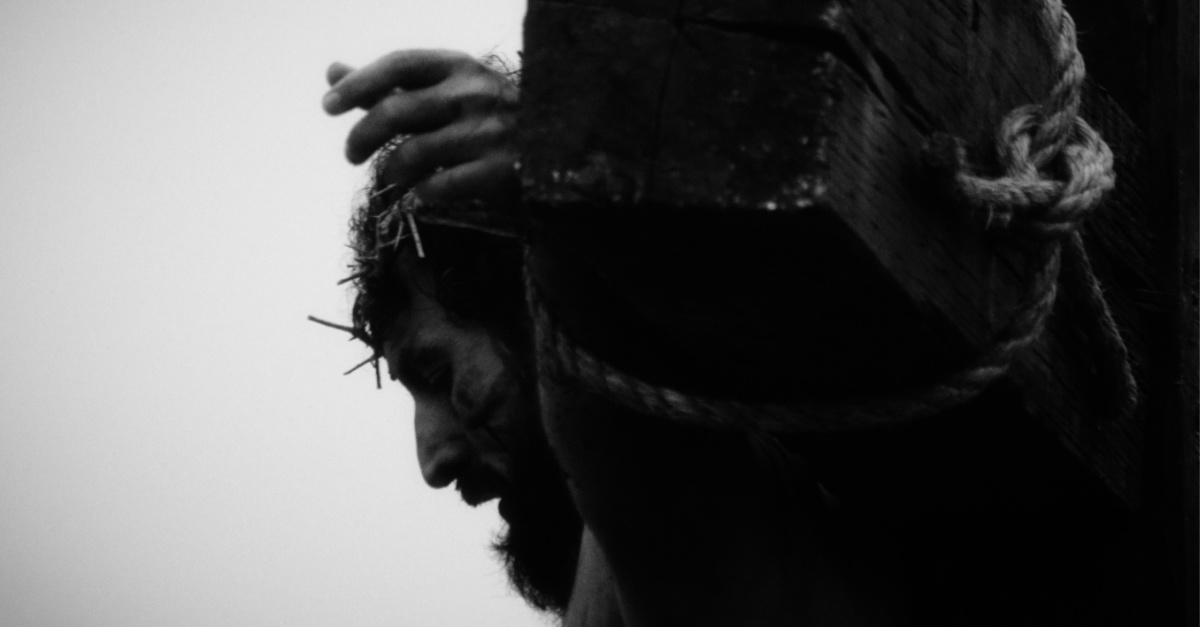
The crucified man's right tibia, the larger of the two bones in the lower leg, had been brutally fractured into large, sharp slivers, perhaps to hasten his suffocation by making it virtually impossible to push himself up the vertical beam, an action required to sustain breathing (although this theory has been challenged by Frederick T. Zugibe in his article “Two Questions About Crucifixion,” in Bible Review, April 1989, 35-43). Although this man was crucified through the forearm, it is possible to do so through the palm, contrary to what some have said. If the nail enters the palm through the thenar furrow (an area between three bones) it breaks no bones and is capable of supporting several hundred pounds.
Often times a small peg or block of wood, called a sedecula, was fixed midway up the vertical beam, providing a seat of sorts. Its purpose was to prevent premature collapse and thus prolong the victim's agony.
Photo Courtesy: ©Sparrowstock
Cause of Death on the Cross
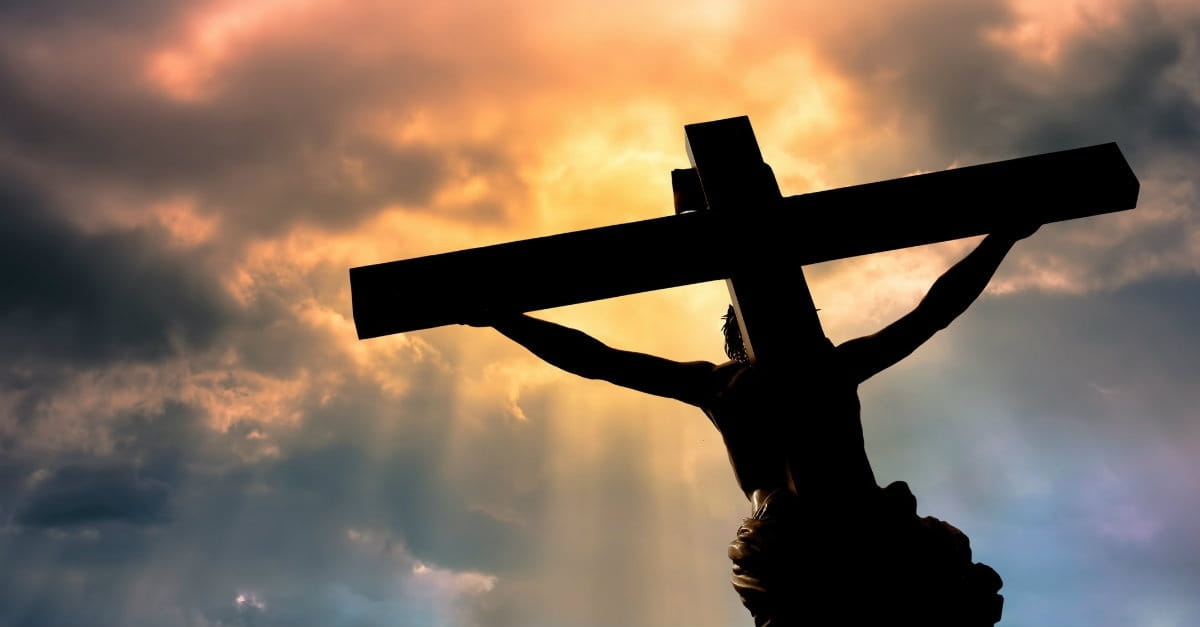
The precise cause of death has been debated for years. D. A. Carson summarizes:
“Whether tied or nailed to the cross, the victim endured countless paroxysms as he pulled with his arms and pushed with his legs to keep his chest cavity open for breathing and then collapsed in exhaustion until the demand for oxygen demanded renewed paroxysms. The scourging, the loss of blood, the shock from the pain, all produced agony that could go on for days, ending at last by suffocation, cardiac arrest, or loss of blood. When there was reason to hasten death, the execution squad would smash the victim's legs. Death followed almost immediately, either from shock or from collapse that cut off breathing” (574).
Photo Courtesy: ©GettyImages
Crucifixion as Capital Punishment
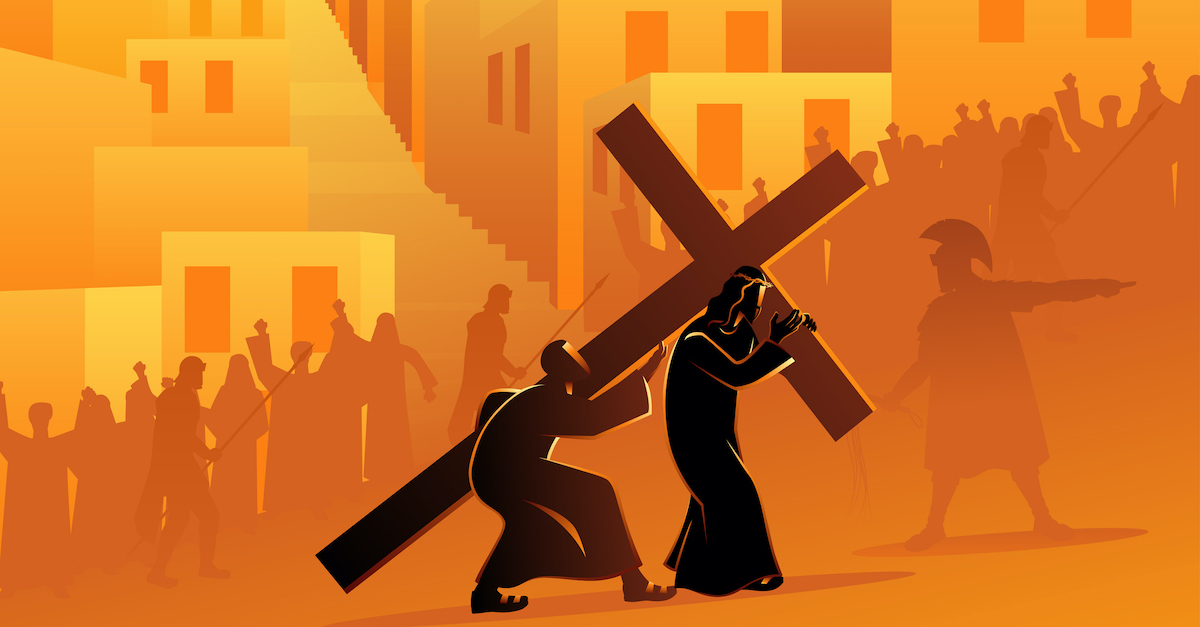
It is hard to imagine a more hideous form of capital punishment. Crucifixion was believed to be an effective deterrent in the ancient world and was thus frequently employed.
Appian reported that following the defeat of Spartacus, the victor Crassus had 6,000 prisoners crucified on the Via Appia between Capua and Rome (Bella Civilia, I.120). Before their final battle, Spartacus himself had a Roman prisoner crucified to warn his men of their fate should they be defeated. It is strangely ironic that Julius Caesar was hailed as being merciful to his enemies when he ordered their throats cut prior to their being crucified in order to spare them the indescribable suffering of prolonged agony on the cross.
Photo Courtesy: ©GettyImages/Rudall30
Crosses Used During the Siege of Jerusalem

Josephus described the fate of the Jews taken captive in 70 a.d. when Jerusalem was destroyed. The soldiers, “out of the rage and hatred they bore the prisoners, nailed those they caught, in different postures, to the crosses, by way of jest, and their number was so great that there was not enough room for the crosses and not enough crosses for the bodies” (cited in Hengel, 25-26). Josephus indicates that the Roman general Titus hoped that this would hasten surrender of those still in the beseiged city.
Photo Courtesy: ©GettyImages/Xantana
Obscenity and Humiliation

Worse than the pain of the cross was the shame of the cross. See 1 Cor. 1:18-25. Why does Paul refer to the cross as foolishness and a stumbling-block? It isn't because the concept or practice of crucifixion was intellectually incoherent (like 2 + 2 = 5) or illogical. Rather, the message of salvation through faith in a crucified Savior was deemed “foolishness” and a “stumbling-block” because the cross was itself the embodiment and emblem of the most hideous of human obscenities. The cross was a symbol of reproach, degradation, humiliation, and disgust. It was aesthetically repugnant. In a word, the cross was obscene.
The cross was far more than an instrument of capital punishment. It was a public symbol of indecency and social indignity. Crucifixion was designed to do more than merely kill a man. Its purpose was to humiliate him as well. The cross was intended not only to break a man's body, but also to crush and defame his spirit. T
here were certainly more efficient means of execution: stoning (cf. Stephen in Acts 7), decapitation (cf. James in Acts 12), etc. Crucifixion was used to humiliate as well as to harm.
Photo Courtesy: © Getty Images/mbolina
Publicly Naked
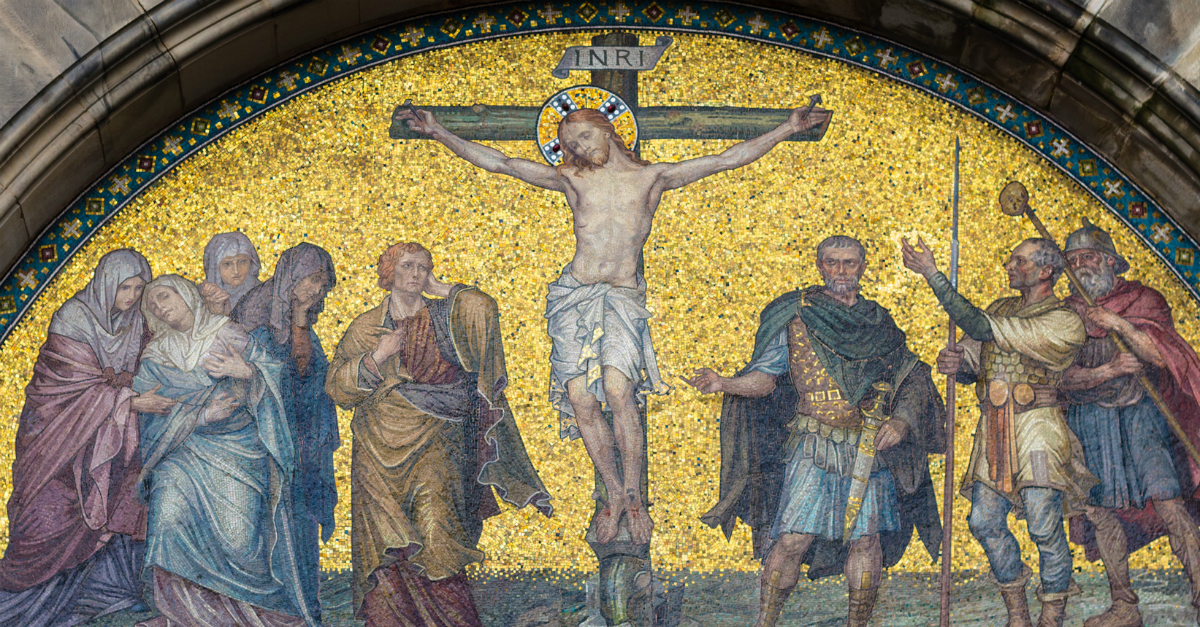
For example, crucifixion was always public. In fact, the most visibly prominent place was selected, usually at a crossroads, in the theatre, or elsewhere on high ground. The reason was to intensify the sense of social and personal humiliation. Victims were usually crucified naked. Jewish sensitivities, however, demanded that the victim wear a loincloth. In the Bible physical nakedness was often a symbol of spiritual shame and ignominy. John Calvin wrote:
“The Evangelists portray the Son of God as stripped of His clothes that we may know the wealth gained for us by this nakedness, for it shall dress us in God's sight. God willed His Son to be stripped that we should appear freely, with the angels, in the garments of his righteousness and fulness of all good things, whereas formerly, foul disgrace, in torn clothes, kept us away from the approach to the heavens” (194).
The first Adam, originally created in the righteousness of God, by his sin stripped us naked. The last Adam, suffering the shame of nakedness, by his obedience clothes us in the righteousness of God.
Photo Courtesy: ©GettyImages/VvoeVale
The "Foolishness" of a Crucified Savior
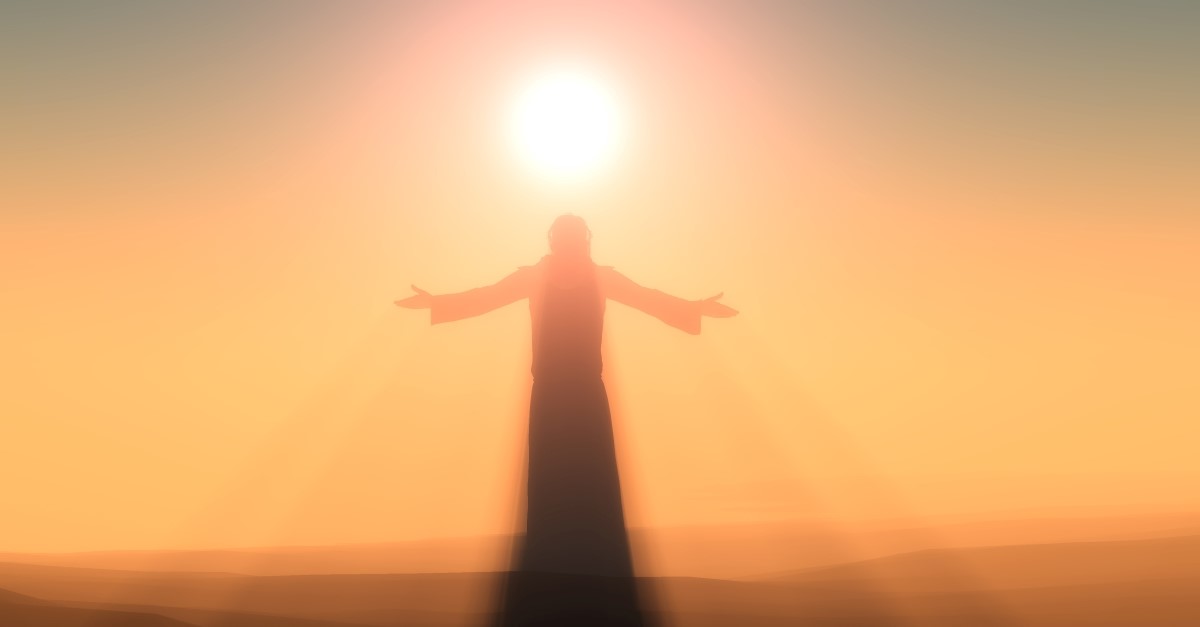
The ancient assessment of crucifixion is seen in the way it was dealt with in their literature. Historians once mistakenly assumed that the scarcity of references to crucifixion in cultured literary sources was proof that it was rarely employed. More recently it has been determined that the more refined literary artists omitted reference to crucifixion, not because it was unknown, but because they did not want to disgrace or defile their work by mentioning such a vile and obscene practice.
In Greek romances and the theatre, crucifixion of the hero/heroine was routine, but in every instance he/she was delivered from the cross and set free. In other words, heroes could not on any account be allowed to suffer such a shameful death. This was one reason why the notion of a crucified savior was “foolishness” to the Greeks.
Crucifixion was referred to as crudelissimum taeterrimumque supplicum, or “that most cruel and disgusting penalty.” Pliny the Younger (112) called Christianity a “perverse and extravagant superstition” because it preached Christ crucified (Epistulae, 10.96.4-8). Tacitus called it a “pernicious superstition.”
Photo Courtesy: ©GettyImages/1971yes
The Cross Forbidden for Romans

The shame associated with crucifixion was so intense that it was expressly forbidden that a Roman citizen be executed in that manner. Cicero wrote:
“Even if we are threatened with death, we may die free men. But the executioner, the veiling of the head, and the very word 'cross' should be far removed not only from the person of a Roman citizen but from his thoughts, his eyes, and his ears. For it is not only the actual occurrence of these things or the endurance of them, but the liability to them, the expectation, nay the mere mention of them, that is unworthy of a Roman citizen and a free man” (Defence of Rabirius, 5,16).
Photo Courtesy: ©Getty Images/NanoStockk
A Symbol of Indignity

The symbolic emphasis of the cross in the ancient world is also seen in the practice of hanging on a cross the corpse of a man who had been executed by some other means. What possible reason would there be for doing this, except to subject his name/reputation to the worst possible social indignity?
Photo Courtesy: sparrowstock
The Contradiction of a "Crucified Messiah"
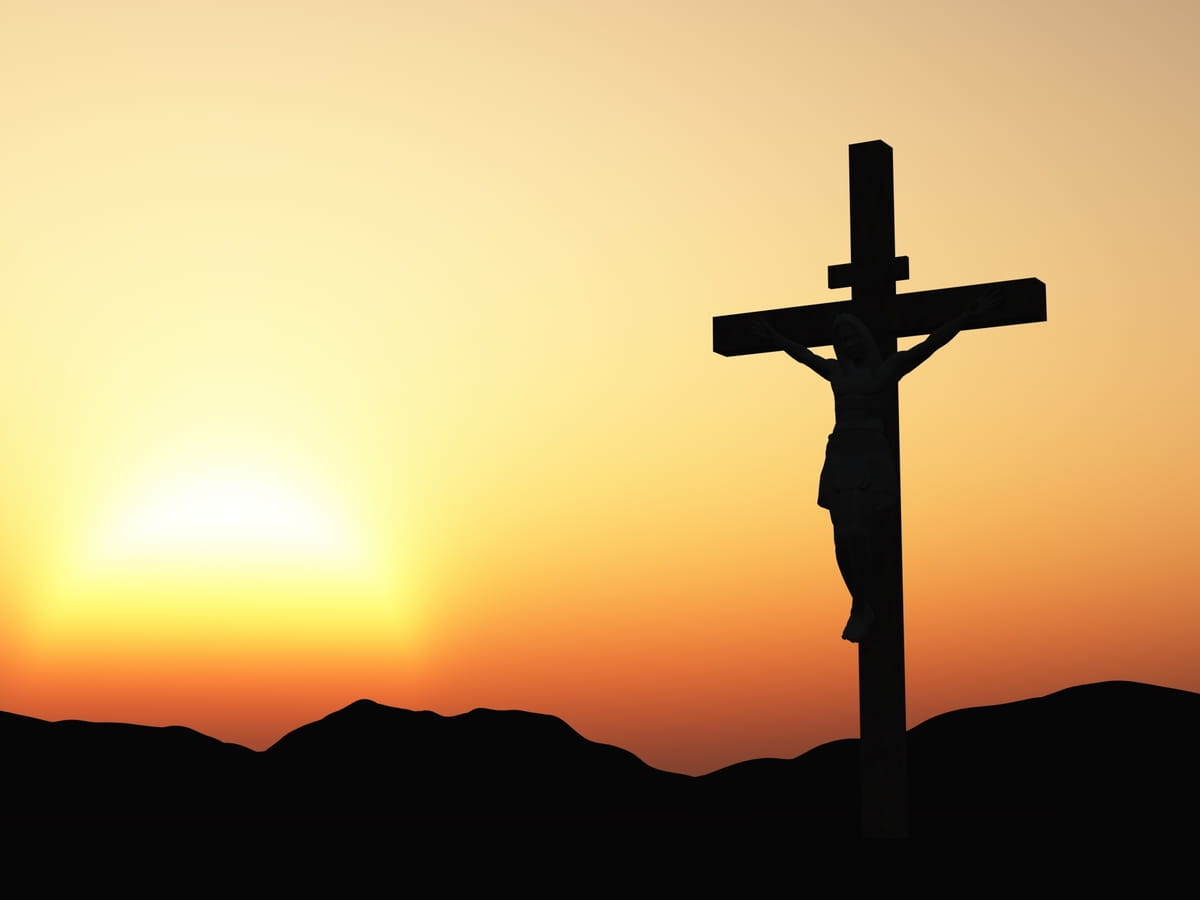
The obscenity of the cross explains Paul's early opposition to the church and its gospel. Paul was “ravaging” the church (Acts 8:3; a word that literally refers to a wild beast tearing at its prey, ripping flesh from bone); he was “breathing murderous threats” at the church (Acts 9:1); he “persecuted” the church “to the death” (Acts 22:4); he was “furiously enraged” at the church (Acts 26:11); and “tried to destroy it” (Gal. 1:13). Why?
It wasn't primarily because the church claimed that Jesus was God incarnate, nor because of any perceived threat to the Mosaic law or the Temple (although that accusation was raised; cf. Acts 6:13). The principal stumbling-block for Paul was that Jesus had been crucified. A crucified messiah was a contradiction in terms. One may have a Messiah, or one may have a crucifixion. But one cannot have a Messiah who is himself crucified! The concept of the Messiah evoked images of power, splendor, and triumph, whereas that of crucifixion spoke of weakness, degradation, and defeat.
Photo Courtesy: Thinkstock
Crucifixion as Curse
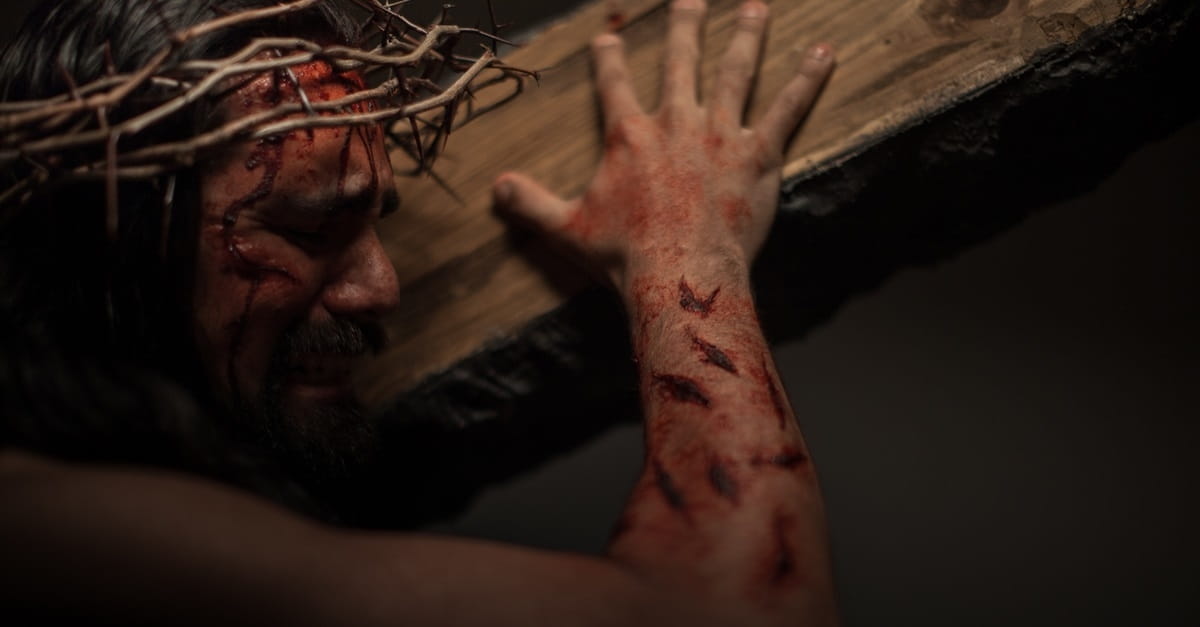
In Jewish law (see Deut. 21:23) “the corpse of a judicially executed criminal was hung up for public exposure that branded him as cursed by God. The words were also applied in Jesus' day to anyone crucified; and therefore the Jews' demand that Jesus be crucified rather than banished was aimed at arousing maximum public revulsion toward him” (Carson, 574). (See Acts 5:30; Acts 10:39; Acts 13:29; 1 Peter 2:24; and esp. Galatians 3:13 where reference to death on a “tree” is prominent.)
Thus what Paul (or Saul, actually) was hearing proclaimed by Christians was that he who was to enjoy God's richest blessing instead endured God's most reprehensible curse. How could these Jews honor as God and Savior one whom God himself had openly and obviously cursed? Worse than a contradiction in terms, a crucified Messiah was an outrageous blasphemy! Yet, note how the early church highlighted this very fact! See Acts 2:23; Acts 4:9-12; Acts 5:29-31.
Photo Courtesy: Lightstock
The Offense of the Cross
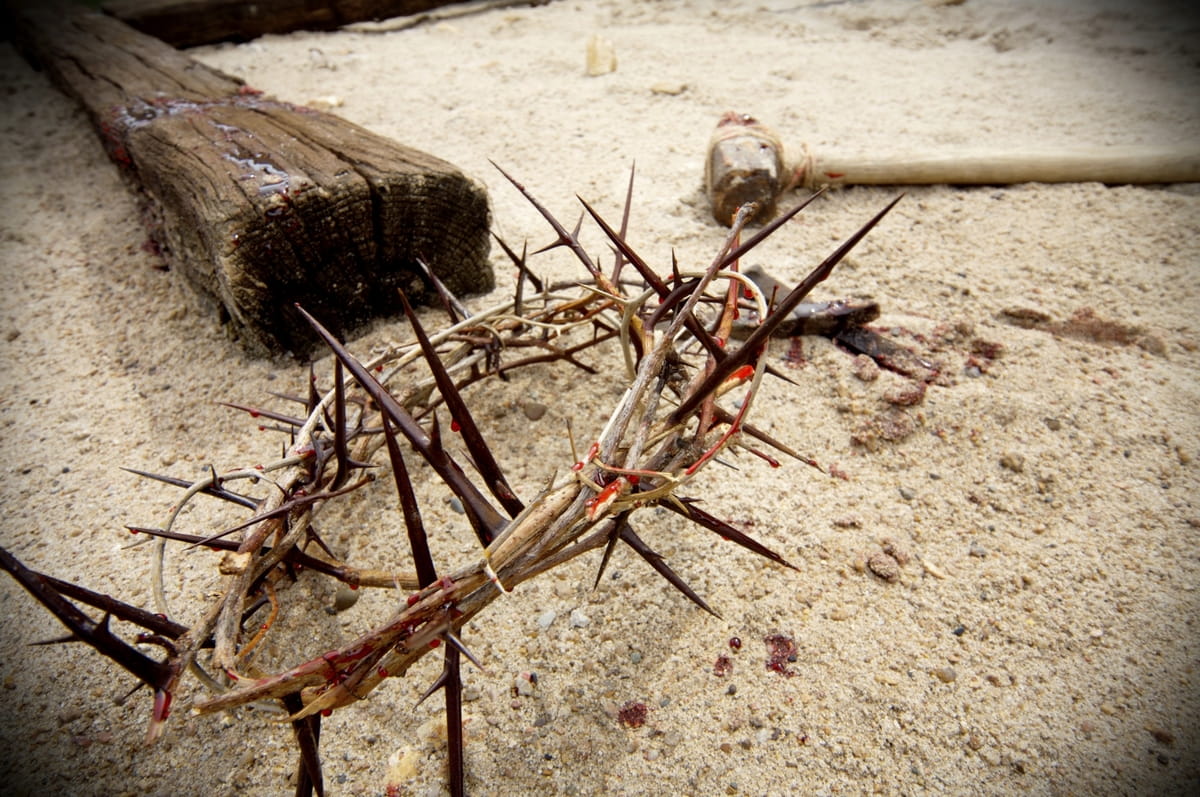
Thus the offense of the cross does not come from the fact that it is theologically incoherent or intellectually illogical or legally impermissible. The offense of the cross came from the fact that the cross, itself a visible symbol and physical embodiment of moral shame and aesthetic repugnance, was the instrument of death for him who claimed to be Messiah and Savior. This explains why Paul was himself so horribly mistreated and scorned when he preached the gospel. See esp. Galatians 6:14; Acts 26:24 (cf. 2 Corinthians 5:13); Phil. 2:6-11 ("even death on a cross").
In sum, Jesus died not only for the guilt of our sins, but also for the shame of our sins!
Related:
Where Was Jesus Crucified?
Why Did Jesus Have to Die?
7 Facts About the Resurrection of Jesus
How Old Was Jesus When He Died?
Article originally published on SamStorms.com. Used with permission.
Sam Storms is an Amillennial, Calvinistic, charismatic, credo-baptistic, complementarian, Christian Hedonist who loves his wife of 44 years, his two daughters, his four grandchildren, books, baseball, movies, and all things Oklahoma University. In 2008 Sam became Lead Pastor for Preaching and Vision at Bridgeway Church in Oklahoma City, Oklahoma. Sam is on the Board of Directors of both Desiring God and Bethlehem College & Seminary, and also serves as a member of the Council of The Gospel Coalition. Sam is President-Elect of the Evangelical Theological Society.
Photo Courtesy: Thinkstock